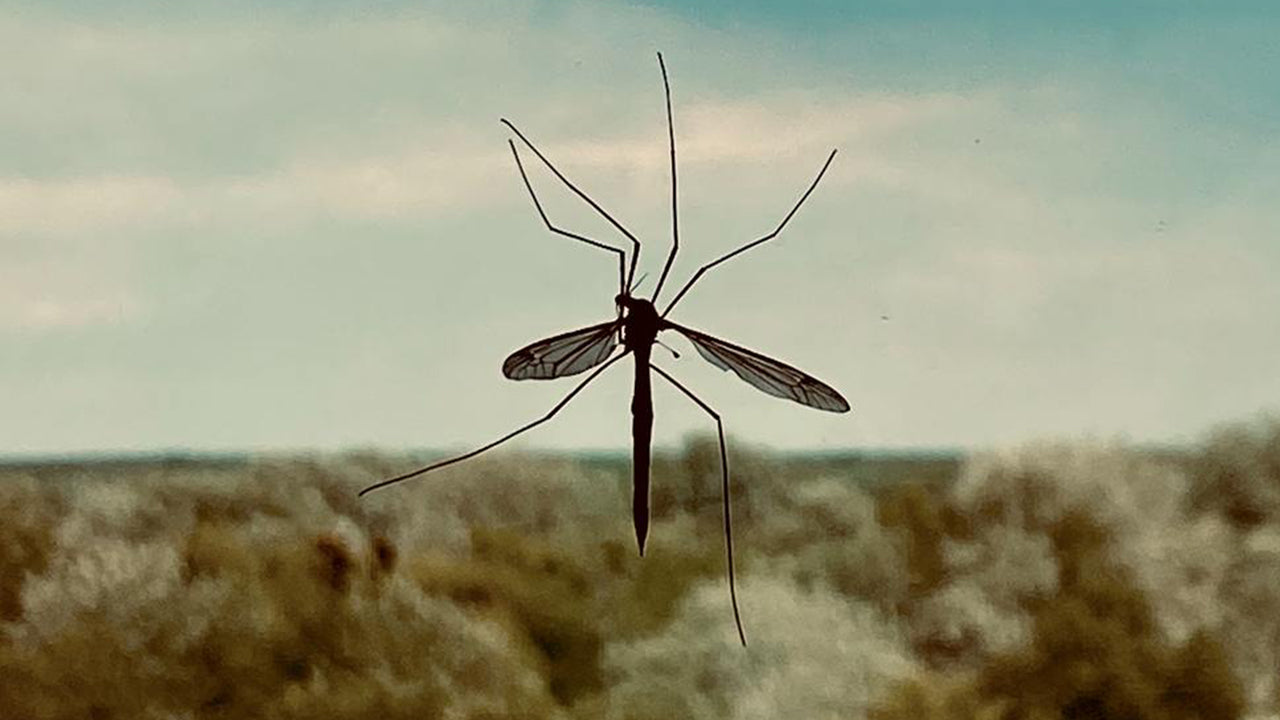For residents in Southern California, mosquito season isn’t over. Officials have stated that an aggressive, invasive species of mosquitoes, the Aedes mosquito, has invaded the area and does not seem to be going away any time soon.
Since 2011, this species- known as the “black and white striped ankle-biters”- has thrived in the warm climate of Southern California. Their ability to exponentially reproduce has allowed them to reach from Los Angeles County all the way to San Diego County.
The Dangers And Characteristics of The Aedes Mosquito
Chris Conlan, San Diego County’s supervising vector ecologist, has said that these mosquitoes have adapted from tropical rainforests into “urban, suburban” mosquitoes. They have exchanged their native jungle greenery for small areas of water in California backyards such as buckets, bird baths, and plant saucers. Their population has skyrocketed, infesting new communities year after year
Conlan stated that in an area of water the size of a soda can, they can produce around 100 offspring per week. In less than one week, these offspring can grow from eggs to full grown adults.
Biting aggressively during the day, the Aedes mosquito specifically targets humans, mainly going for legs and ankles, and will not stop until they get their fill of blood. They are so adaptable that they will even go inside homes, hiding under couches and tables as they wait to bite.
Normally, mosquito season wraps up towards the end of summer, but with the warm climate that Southern California is known and loved for, they stick around far past their regular season. Residents can suffer from their itchy bites all the way into December.
Like many other mosquito species, the Aedes mosquito has the potential to carry life-threatening diseases such as Yellow Fever, Zika, Dengue, and Chikungunya.
How To Stop Them
If you live in sunny Southern California, it’s crucial to take the right measures to avoid getting bit. Until the weather cools off enough, this persistent species will stick around.
While each county’s vector control officials have taken measures to stop the spread, it will also take effort from residents to be fully effective. Aedes mosquitoes do not fly far, which means their breeding area is likely to be around your home or a neighboring property.
If you’re a resident in Southern California, here’s what you can do:
- Remove any still bodies of water indoors and outdoors.
- Check things such as old tires, trash cans, tarps, wheelbarrows, pots, water bowls, lawn drains, and children’s toys.
- Add mosquito fish or larvicide to bodies of water such as backyard ponds, fountains, and unfiltered pools.
- Cut overgrown grass, bushes, trees, shrubs and other areas in which they can hide.
- Be mindful of screen tears, cracked doors, and open windows.
- Patch up any cracks, replace broken window screens, and be vigilant about keeping doors closed.
- Pay attention to areas inside the home where they can hide.
- Sinks, laundry room, bathroom, under furniture.
- Apply pesticides with a backpack fogger or sprayer.
- Completely cover trees, grass, shrubs, and other foliage around your yard.
- Target gutters and overhangs on your property.
- Create a routine for consistent mosquito control.
- Spraying treatments should be done every 30 days during peak times of the year.
When spraying, be sure to choose a pesticide that is safe to spray indoors. Keep valuable and delicate items stored away, along with food and drinks. Get more spraying tips for pest treatment and prevention here. After spraying, try to stay out of the area for a few hours to let the pesticides dry.
Two common products that work great to control mosquitoes with a backpack sprayer or fogger:
Talstar P Professional Insecticide
“Talstar P (also known as Talstar, Talstar One or Talstar Prof can target up to 75 insects and is effective both indoors and outdoors.
It is a multi-insecticide with bifenthrin is one of the most trusted and widely-used insecticides by pest control professionals today, and now available to you for DIY pest control.
Talstar P does not provide an instant knockdown of pests, rather, pests pick up the residual active ingredient by contact. Talstar P is a repellent insecticide since it acts quickly enough that social insects such as ants cannot create a pheromone trail. This means that Talstar P will be most effective as a barrier with a thorough application.”
Essentria IC3
“Essentria IC3 is natural bug spray and the most updated formulation of the EcoExempt IC2 product. Essentria IC3 was improved by adding the adjuvant in the concentrate, as well as a fragrance modifier was added to minimize any odors. Essentria IC3 is a flexible, broad-spectrum EPA FIFRA 25(b) exempt, all natural product. This means it is a very safe insecticide for use around your family and pets, but still very effective.
One of the best features of Essentria IC3 is that it has no aquatic toxicity. This means you can apply near or over water for spiders, mosquitoes and other water dwelling pests with no worries about harming aquatic life.”
Because of the Aedes species, mosquito season is far from over for those in Southern California. Proper mosquito control from residents will not only help prevent itchy, red welts, but also eliminate the risk of contracting a virus for the entire community.










